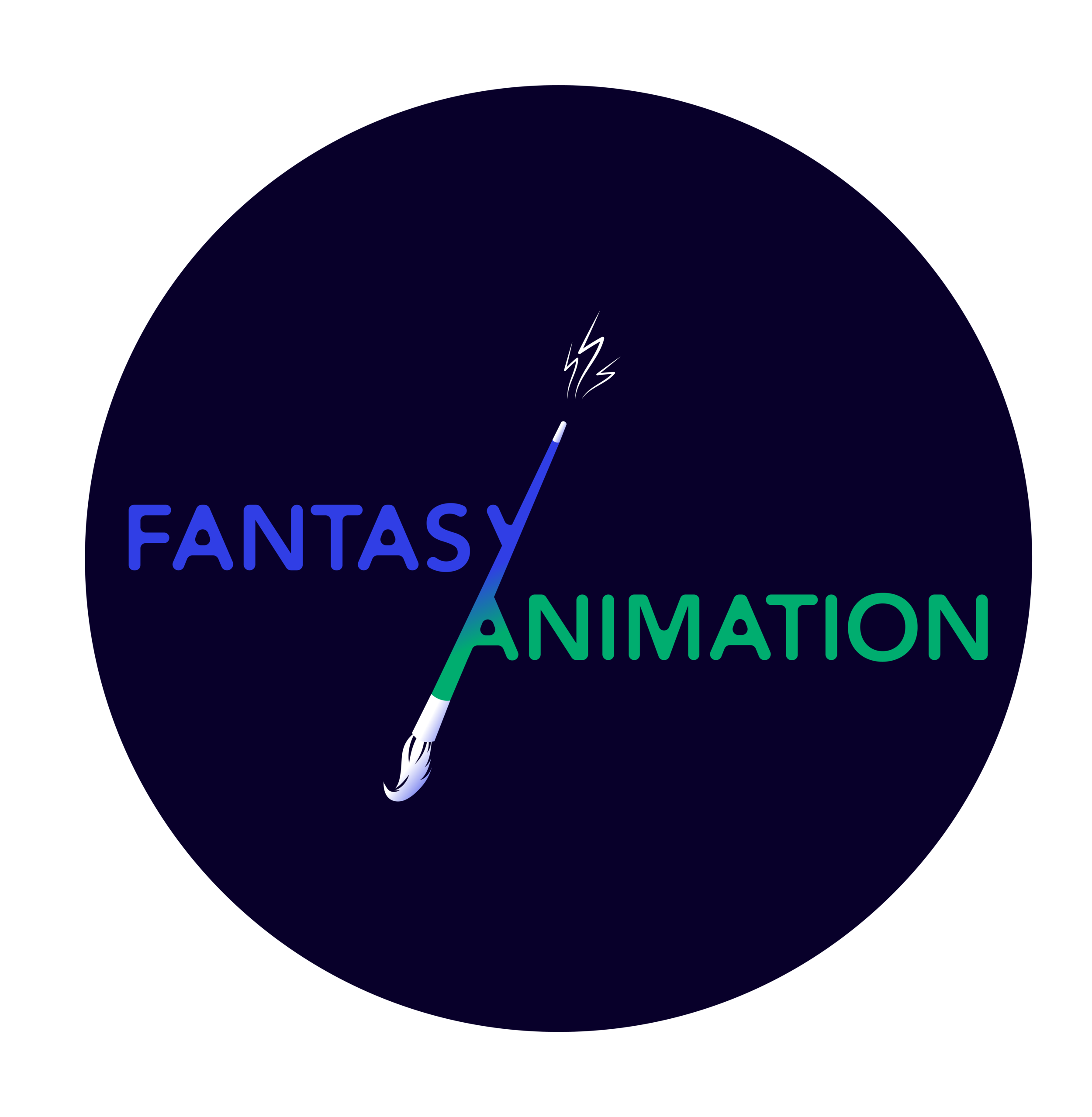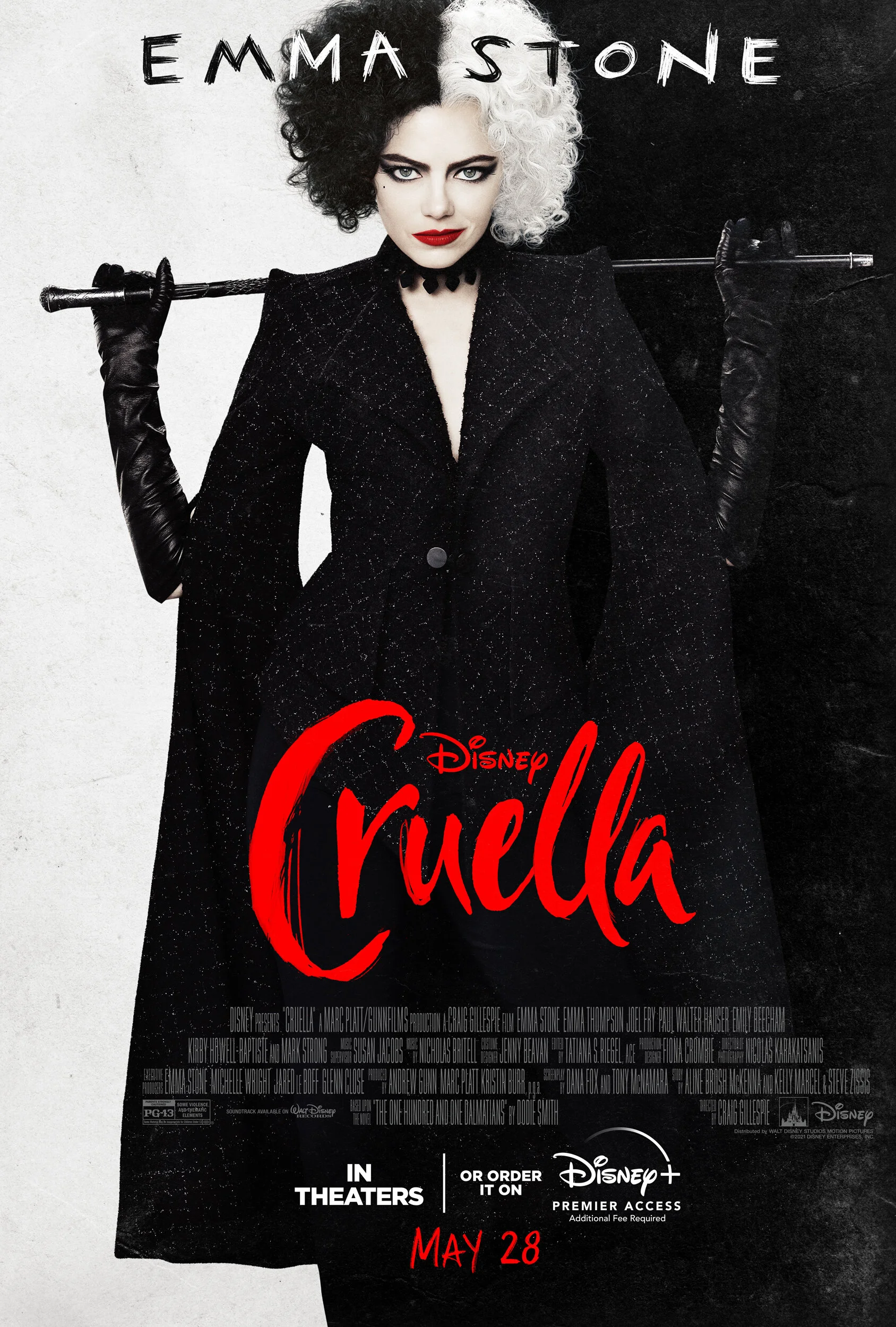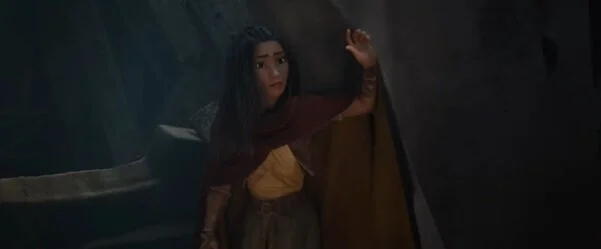To say that there is a lot going on in Space Jam: A New Legacy (Malcolm D. Lee, 2021) – the sort-of-anticipated follow-up to the 1996 live-action/animation sports comedy Space Jam (Joe Pytka, 1996) – would be something of an understatement. The bombastic first trailer for the sequel (released in April 2021) had already given audiences an indication as to the potentially chaotic tone of this new big-screen instalment.
Read MoreThe representation of femininity within animation can sometimes indulge in and reflect problematic modes of gender representation. There is, of course, a long history of demonising forms of femininity, with stereotypical and socially constructed feminine traits including empathy, kindness, warmth and nurturance (see Kite 2001, 563). Not only are these traits often enforced onto women (Wing Sue 2010, 172), but are also conventionally considered signs of weakness (Windsor 2015, 893-897).
Read MoreNeil Gaiman should be a familiar name to aficionados of speculative fiction. His oeuvre is characterised by its variety of written forms and its tendency to draw on anything from whispered urban legends to ancient religious texts, and from Victorian high literature to 1980s pulp fantasy.
Read MorePixar’s Loop (Erica Milsom, 2020) is an animated short film from Pixar Animation Studios, and part of the “SparkShorts” program that was designed to discover new storytellers and artists by producing short films on a smaller time frame and budget, giving directors freedom to explore new stories, techniques and workflows.
Read MoreLuca is a love letter to Italy – and it is written beautifully. In May 2016, I was on a train from La Spezia to Manarola, Italy, one of the five villages of Cinque Terre. Manarola had been on my bucket list since I saw the photo of this place, with its picture-postcard perfection, as a background on the Windows log-in screen. I remember when I got off the train and saw Manarola before me for the very first time, becoming teary at its beauty, as well as being overcome by fulfilling a long-held wish to see it for myself.
Read MoreSince its release in 2015, Pixar’s The Good Dinosaur (directed by Peter Sohn) has accrued a less-than-spectacular reputation. At the time of writing this blog, aggregated scores on sites like Rotten Tomatoes and Metacritic place the film towards the bottom of Pixar’s oeuvre.
Read MoreWhen it comes to the subject of the relationship between fantasy and animation, few bodies of work are as pertinent to the conversation as the special effects of Ray Harryhausen. The Ray Harryhausen: Titan of Cinema exhibit was set to open in Edinburgh in the summer of 2020 at the National Galleries of Scotland.
Read MoreI’m going to say straight off: I thoroughly enjoyed Cruella (Craig Gillespie, 2021) and I think you will, too. A prequel to One-Hundred-and-One Dalmatians (Clyde Geronimi, Hamilton Luske & Wolfgang Reitherman, 1961) and a re-framing (sort of; more on that shortly) of the beloved Disney villain Cruella deVil, Cruella purportedly tells the story of how the great enemy of dalmatians everywhere became a crazed villain.
Read MoreMaria Sachiko Cecire’s Re-Enchanted: The Rise of Children’s Fantasy Literature in the Twentieth Century (2019) is an expertly crafted study. This is a book about children’s literature in the twentieth-century, how it came to be shaped, and why medieval elements are so prevalent.
Read Moreor those among you who have miraculously managed to avoid the pop cultural behemoth that is Rick and Morty (Dan Harman and Justin Roiland, 2013–), it is an ongoing American animated sitcom that follows the often-calamitous adventures through space of mad scientist Rick and his anxious grandson Morty.
Read MoreAmidst a sea of reboots and remakes, perhaps none have made quite as big an impact on pop culture audiences as Dreamworks’ She-Ra and the Princesses of Power (2018-2020).
Read Morehe latest fantasy series released by Netflix is an adaptation of Leigh Bardugo’s “Grishaverse” novels. Bardugo’s books consist of the Grisha trilogy: Shadow and Bone (2012), Siege and Storm (2013), and Ruin and Rising (2014); there is also the Six of Crows duology: Six of Crows (2015) and Crooked Kingdom (2016); and there is the King of Scars duology: King of Scars (2019) and Rule of Wolves (2021).
Read MoreMetaphors and symbols are closely connected in animated films. In his seminal book Understanding Animation, Paul Wells (1998) describes how metaphors extend from symbols, noting that “whilst the symbol invests an object with a specific, if historically flexible meaning, the metaphor offers the possibility of a number of discourses within its over-arching framework” (1998, 84).
Read MoreBlood of Zeus (2020-present) is the brain child of Charley and Vlas Parlapanides, two Greek-American screenwriters best known for their work on the 2011 film Immortals, a live-action fantasy adventure loosely inspired by Greek mythology. This time, the brothers have teamed up with Netflix and Powerhouse Animation Studio to create an animated epic drama series, also set in mythical Greece, which follows the evolution of young Heron, a good-hearted outcast who, upon learning that he is the son of Zeus, steps into his father’s footsteps and becomes a powerful warrior.
Read MoreFantasy storytelling reached a new level of cultural visibility and mainstream popularity with the immense success of Game of Thrones (2011-19). As Game of Thrones rose to prominence, it inspired The Simpsons creator Matt Groening to develop a new animated series, his first major new series since Futurama (1999-2013).
Read MoreJessica Ashman is a BAFTA in Scotland award-winning artist who works in animation, music, performance and arts education. In 2014 she graduated from the Royal College of Art with a MA in Animation and her work has been supported by Animate Projects, Jerwood Visual Arts Bursary, Arts Council England, UK Film Council and Channel 4's Random Acts.
Read MoreReading through the LGBT+ History Month blog posts on Fantasy/Animation, I was struck by the fact that of the few depictions and readings of queer women in animation, all of them feature in films or television series targeted primarily towards younger audiences, e.g. Princess Bubblegum and Marceline in Adventure Time (Pendleton Ward, 2010-18), She-Ra in She-Ra: Princesses of Power (Noelle Stevenson, 2018-20), and Elsa in Frozen (Chris Buck & Jennifer Lee, 2013).
Read MoreIn his business memoir, Bob Iger, the (former?) CEO of The Walt Disney Company, raised a question in connection with Disney princesses: “[w]hat are the attributes of a Disney princess in today’s world and how should they manifest in our products?” (Iger 2019, xx). Iger’s query outlines both the commodification of the Disney princess, and the notion that her portrayal must reflect the societal changes of the 21st century.
Read MoreWhen I heard Lava’s premise, I was intrigued. Giant alien cats launching an attack on Earth? You’ve got my attention! (To be honest, anything that features cats will at least get a glance from me.) Though I was lured in by the promise of extraterrestrial felines and madcap entertainment, I was disappointed to find Lava poorly paced, dubiously constructed, and falling short of its loftier thematic goals.
Read MorePorco Rosso (1992) is the sixth feature-length film in the colourful and expansive repertoire of Japanese animation giant Hayao Miyazaki. Miyazaki’s film is certainly an unsung masterpiece, frequently branded “underrated,” such as in Rob Bricken’s assertion that “it is unfairly overlooked in [Miyazaki’s] oeuvre.”
Read More



















